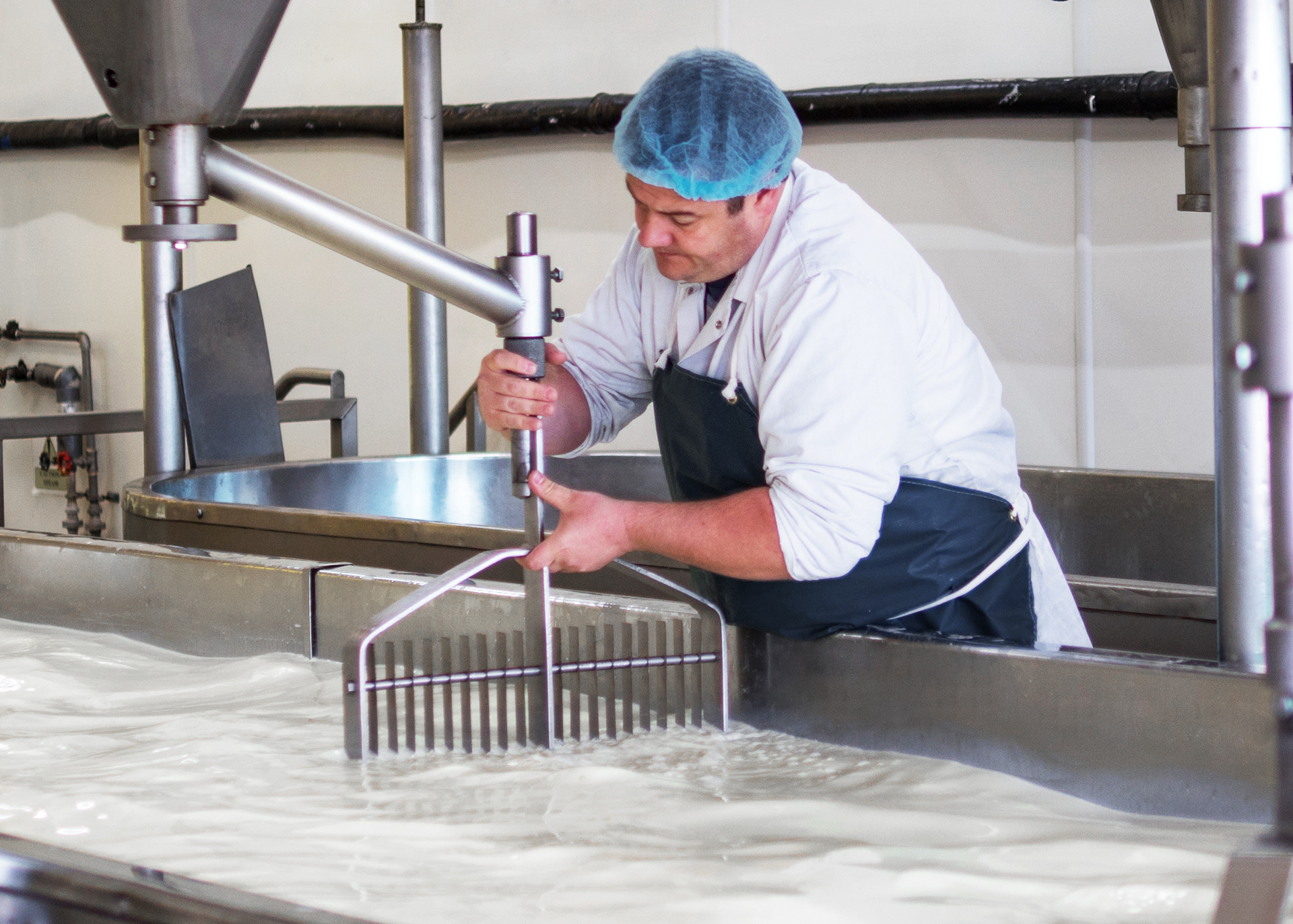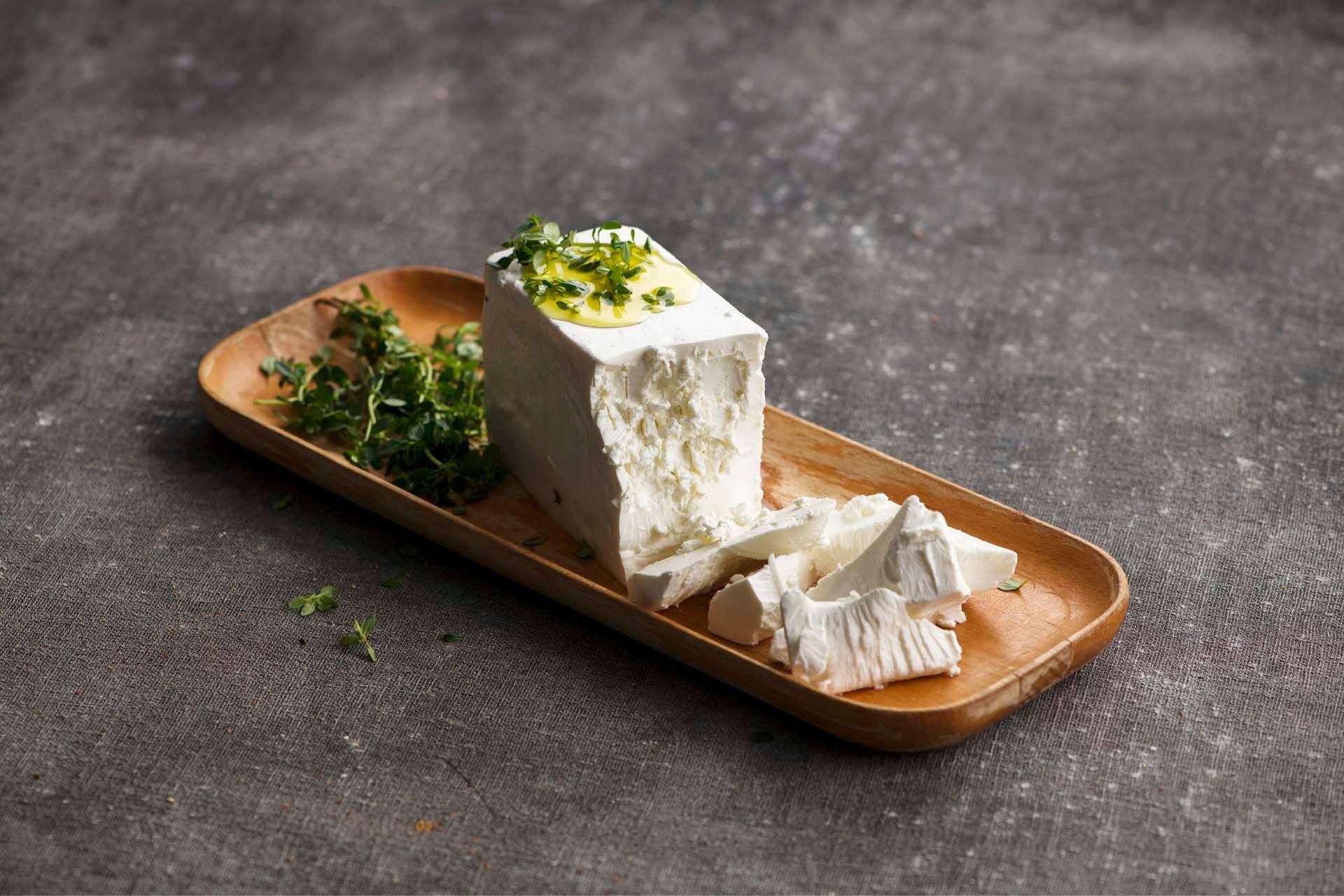Cheese Factory Melbourne: Experience the Art of Cheese
Cheese Factory Melbourne: Experience the Art of Cheese
Blog Article
Discovering the Art of Cheese Manufacturing: Strategies, Processes, and Innovations in the Dairy Products Industry
The exploration of cheese production includes a diverse range of methods and processes that reflect both historical traditions and contemporary advancements within the dairy sector. By taking a look at the intricate art of fermentation, aging, and contemporary manufacturing techniques, one gains insight right into how artisans and large producers alike adjust to advancing consumer preferences and sustainability difficulties. As we take into consideration the effects of these developments, it comes to be important to examine how they will shape the future landscape of cheese and its role in our diets and cooking techniques.
Background of Cheese Making
Tracing its beginnings to ancient civilizations, the background of cheese making reveals an abundant tapestry of cultural and technical development. Evidence recommends that cheese production days back over 7,000 years, with historical findings from areas such as Mesopotamia and the Indus Valley showcasing early dairy methods. These cultures used milk from tamed pets, and with natural procedures of fermentation and coagulation, they created simple forms of cheese.
As people progressed, the art of cheese making came to be more refined. The ancient Egyptians and Greeks recorded their techniques, that included a range of milk sources and diverse strategies for aging and flavoring cheese. The Romans better sophisticated cheese manufacturing, exporting their knowledge throughout Europe, which caused local adaptations and special selections.
The Middle Ages witnessed the establishment of monasteries as facilities of cheese manufacturing, where monks developed unique dishes that mirrored neighborhood tastes and available resources. Throughout the centuries, cheese production has actually evolved, affected by elements such as geography, environment, and social techniques. This rich history not just shows the resourcefulness of very early cultures but also lays the foundation for the diverse cheese selections appreciated today throughout the globe.
Standard Cheese Manufacturing Strategies
Conventional cheese production methods encompass a selection of time-honored techniques that have actually been given via generations. These techniques, usually region-specific, reflect the unique cultural heritage related to cheese-making. The process usually begins with sourcing premium milk, which can vary in type depending upon the preferred cheese.
Coagulation is achieved through the addition of rennet and sometimes an acid, leading to the development of curds. The curds are after that reduced and delicately stirred, enabling whey to separate. This preliminary coagulation phase is critical, as it influences the structure and moisture web content of the final item.

Fermentation and Aging Procedures
Fermentation and aging procedures are essential look at here now to the advancement of cheese, taking place after the initial curdling and pressing phases. During fermentation, particular bacterial cultures are introduced to the curds, facilitating the conversion of lactose into lactic acid. This level of acidity not only assists in curd conservation however likewise adds to the taste profile and texture of the final product.
As celebrity ages, biochemical responses remain to happen, influencing its preference, aroma, and texture. Enzymes and microorganisms break down proteins and fats, resulting in the growth of intricate tastes. The aging setting, consisting of temperature level and moisture, plays a critical role in this growth procedure. Various cheeses need varying aging durations, which can vary from a few weeks to a number of years, causing unique characteristics.
Additionally, the existence of molds or yeasts on celebrity surface area can even more enhance flavor intricacy. Blue cheeses count on certain mold societies to produce their signature taste accounts. Generally, both fermentation and aging are important in defining the originality of cheeses, enabling craftsmens to develop a diverse array of items that accommodate a variety of tastes buds.
Modern Advancements in Dairy Manufacturing
Developments in milk production have actually reinvented the cheese-making process, boosting effectiveness and item high quality. Technical developments, such as automated bleeding systems and accuracy fermentation strategies, have streamlined procedures and improved uniformity in raw milk quality. These systems lower labor costs and boost animal well-being by allowing for more comfy and efficient bleeding methods.
Furthermore, the consolidation of information analytics and IoT (Net of Things) gadgets has allowed milk producers to keep an eye on numerous parameters, such as temperature and moisture, in real-time. cheese makers melbourne. This ability makes sure optimum conditions throughout the cheese-making process, resulting in a better final result
Additionally, developments in pasteurization techniques, consisting of high-temperature short-time (HTST) pasteurization, have not just raised food safety however additionally maintained the fragile flavors and nutrients fundamental in try here milk.
Lasting techniques are likewise getting traction, with developments in waste administration and renewable resource usage. Numerous manufacturers are now harnessing biogas from dairy waste, promoting ecological stewardship while all at once decreasing operational expenses.
These modern developments collectively contribute to a more effective, sustainable, and premium cheese production process, setting brand-new criteria in the milk sector.
Future Patterns in Cheese Market
As the cheese industry continues to develop, emerging trends are improving manufacturing, consumption, and advertising methods. One considerable navigate to this site pattern is the growing demand for artisanal and specialty cheeses, driven by customers looking for special tastes and premium ingredients. This shift is encouraging producers to take on typical techniques while incorporating modern innovation for improved high quality control.
Sustainability stays at the leading edge of consumer choices, motivating suppliers to explore environmentally friendly methods, such as minimizing water usage, optimizing energy consumption, and utilizing biodegradable product packaging materials. In addition, advancements in plant-based cheese alternatives are increasing market chances, dealing with the raising variety of vegan and lactose-intolerant consumers.
In addition, digital advertising and marketing and e-commerce are changing how cheese is marketed and marketed, allowing manufacturers to connect straight with consumers and customize their offerings to specific demographics. Registration solutions and on the internet systems are ending up being popular networks for cheese distribution, boosting availability and comfort.
Lastly, health-conscious trends are influencing cheese formulas, with manufacturers creating lower-fat, lower-sodium, and nutrient-enriched options to meet consumer demands. As these trends remain to unravel, the cheese industry is most likely to witness a dynamic transformation that straightens with modern consumer worths and choices.

Final Thought
The expedition of cheese manufacturing exposes an intricate interplay of classic strategies and contemporary developments. As the milk sector welcomes health-conscious patterns and green techniques, the future of cheese production assures ongoing growth and development, guaranteeing its enduring importance in cooking society.
Report this page